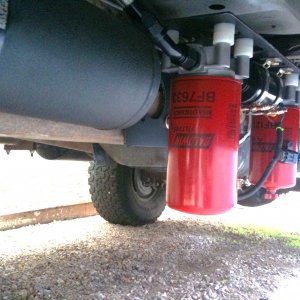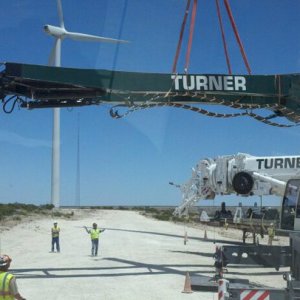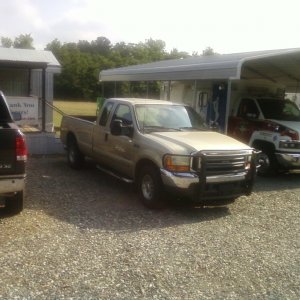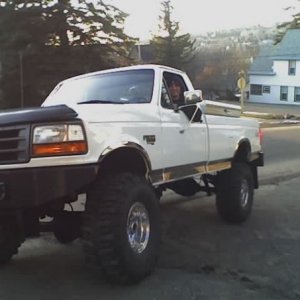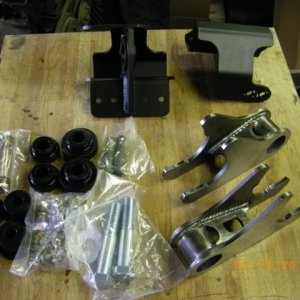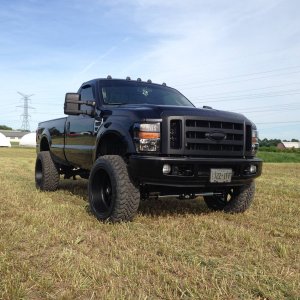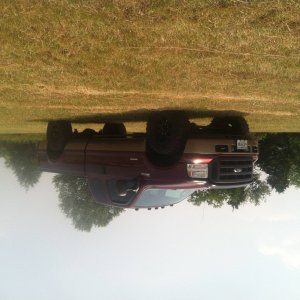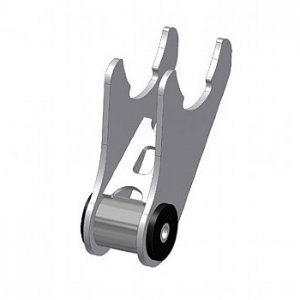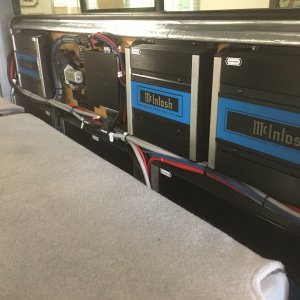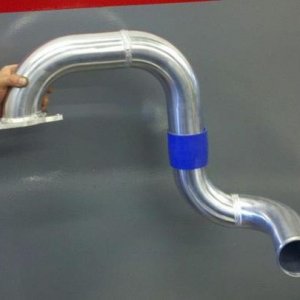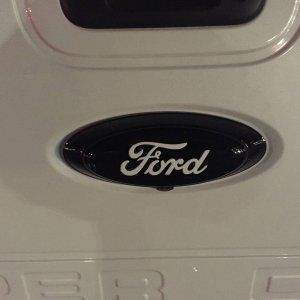Because 99.9999999999999% of the time that engine is running, it's not at WOT.
The chances of catastrophically breaking the engine are extremely low whenever the state of tune is even CLOSE to what the engine can handle.
If you're close on the setup, then you will be deflecting the rods, mains, block, heads and all else to points somewhere south of their yield strength (the point where the deflection doesn't come back to it's original shape when the load is removed). When it comes to connecting rods being pushed hard, you will be riiiiiight at the yield strength all the time when you're pushing on the engine. If you slip over it a bit, it's still not the end of the world. The rod bends a little, and in fact, I bet a ton of stock rodded engines have permanently deflected rods in them that were pushed beyond their yield previously, but that are still hanging in there fine.
The problem comes when the inertial loads try to straighten the rod back by accelerating the piston/pin/rings back down the bore over and over. This is where any fracture that may have happened when the rod was deformed past the yield strength will begin to grow. As the rod continues swinging around the crack will grow and grow and grow and grow. For a LONG, LONG time under most circumstances. In this case whenever you finally get that crack large enough the end of the rod finally plinks off and all hell breaks loose.
If the tune is close..... and a rod fails, then rest assured that the rod was fatally wounded a LONG.... LONG.... time before then. Depending on driving habbits, it could be days, weeks, months or even years...
A rod bent beyond yield in a 700hp engine could conceivably be put back to stock power and if the rpm were kept relatively low, it could run for years after being fatally wounded.
In fact.... the chances of putting an engine back together with rods that are already fractured is probably very high unless they are magnafluxed beforehand.

